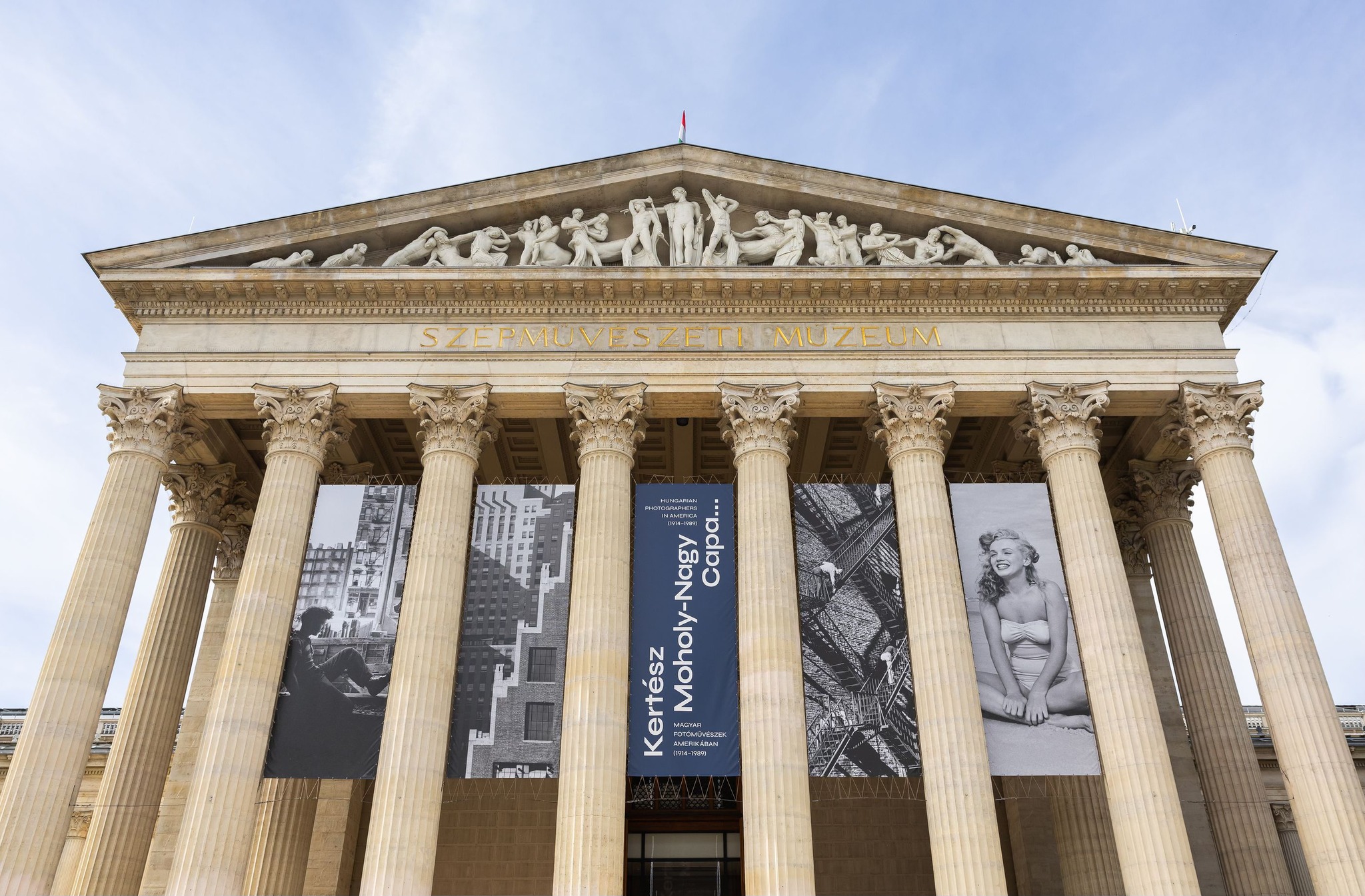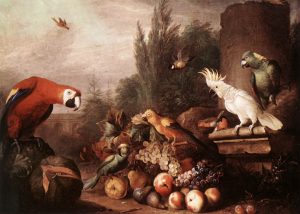
The exhibition features 170 photographs in collaboration with the Virginia Museum of Fine Arts.Continue reading

The Museum of Fine Arts is hosting a new permanent exhibition, providing a comprehensive view of Baroque art in Hungary. Titled “Variations on the Baroque,” the exhibition includes a recent acquisition, a Polish noblewoman’s portrait.
According to Magyar Nemzet, the 200-square-meter exhibition opening on April 3, in a new hall, showcases paintings, sculptures, and decorative artifacts, mainly from the 18th century, in four thematic sections.
It is an extension of the 17th and 18th-century Hungarian ecclesiastical painting and sculpture collection launched in 2018.
The first section focuses on Hungarian artists who gained international recognition, like portrait painter Ádám Mányoki (born 350 years ago) and still-life painters Jakab Bogdány (1658-1724) and Tobias Stranover (1684-1756). Mányoki, known for his court portraits, worked for Polish and German royalty and captured Francis II Rákóczi‘s iconic portrait. Bogdány and Stranover gained fame for Dutch-style still-lifes popular among London’s aristocracy. The second section exhibits domestic portraits spanning nearly two centuries, showcasing the evolution of Baroque portrait genres, from representative status portraits to Enlightenment character portraits.

Jakab Bogdány – Still Life with Birds (1710s). Picture: Wikipedia
A highlight in early paintings is Justus Sustermans’ (1597-1681) 1626 monarch portrait, notable for its early, accurate depiction of the Holy Crown.
The third section presents small oil sketches, giving insights into painters’ preliminary thoughts for larger works. Franz Anton Maulbertsch’s (1724-1796) sketch of St. Stephen’s offering of the crown exemplifies this genre. The fourth section explores typical late Baroque Hungarian themes, including the veneration of Mary and the holy kings of the Árpád dynasty. The exhibition culminates with a selection of late Baroque genres like landscapes and mythological and biblical paintings.
A notable addition is Mányoki’s painting of Agnieszka Emercjanna Pociejowa, a Polish noblewoman associated with Augustus II the Strong. The portrait depicts her in riding attire, reflecting her role in the royal court.
This exhibition not only showcases Baroque art’s richness but also illustrates the interconnections of European courts and the diverse influences that shaped Hungarian art during that period.

The exhibition features 170 photographs in collaboration with the Virginia Museum of Fine Arts.Continue reading
Via Magyar Nemzet; Featured Image: Facebook / Szépművészeti Múzeum
Array
(
[1536x1536] => Array
(
[width] => 1536
[height] => 1536
[crop] =>
)
[2048x2048] => Array
(
[width] => 2048
[height] => 2048
[crop] =>
)
)